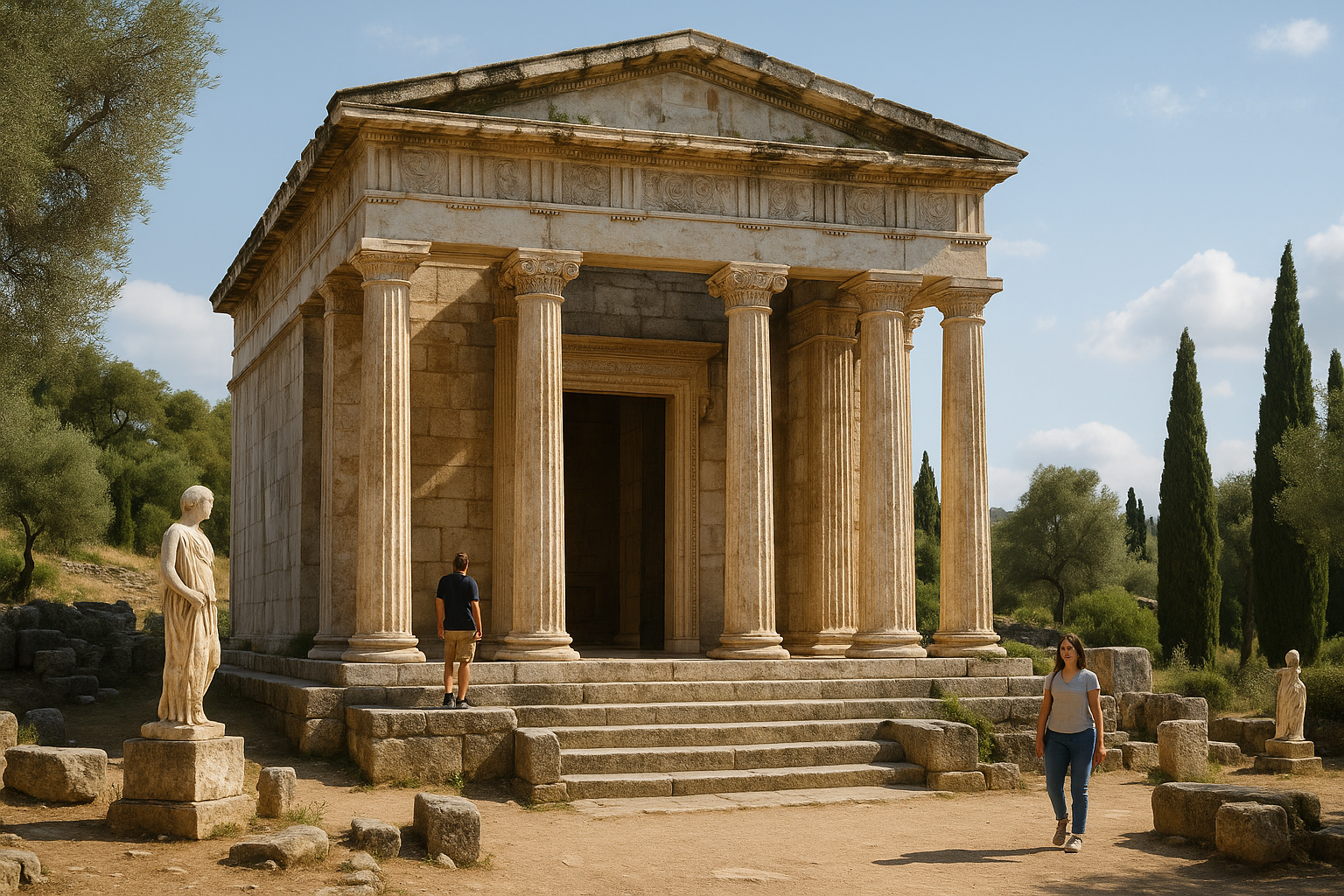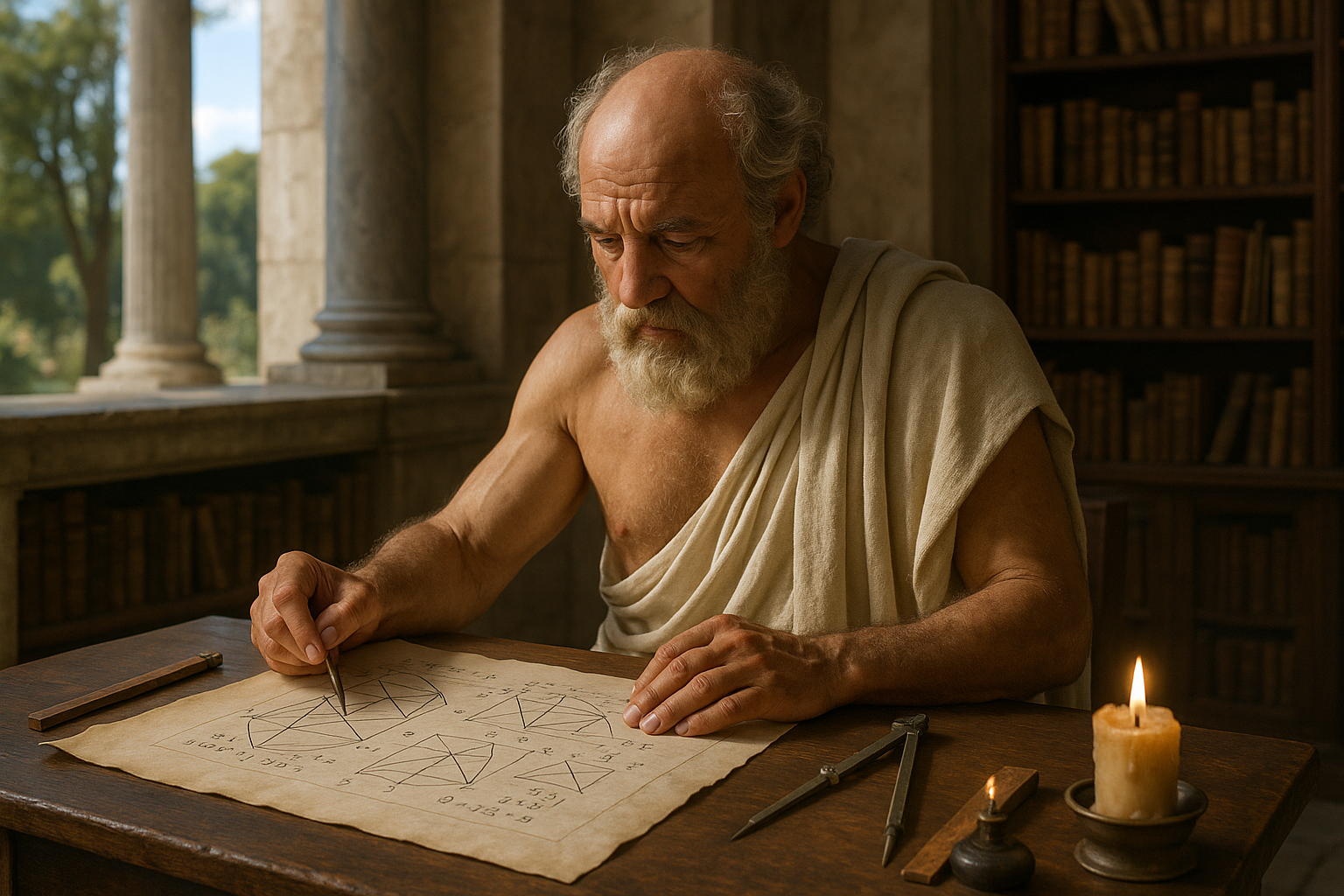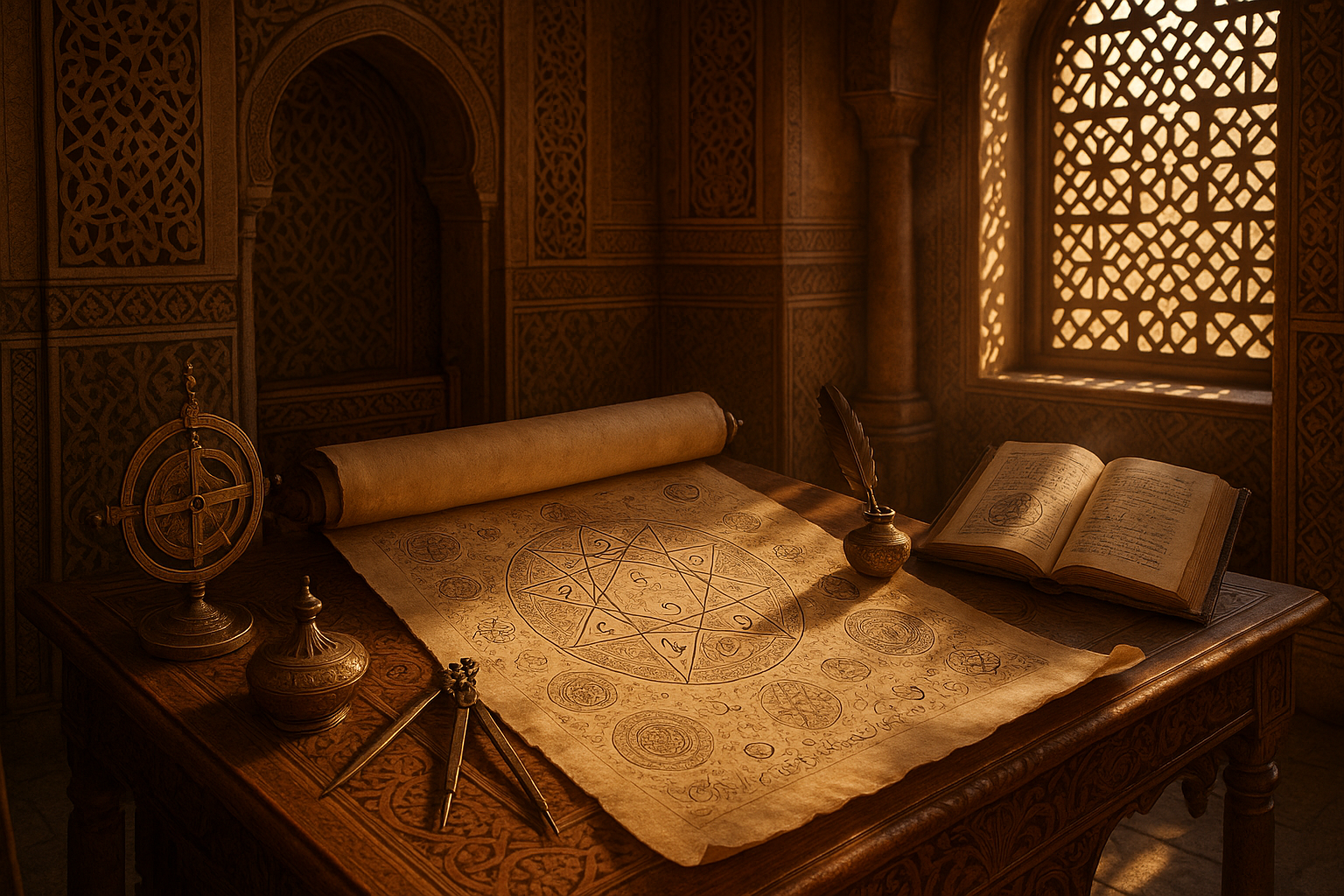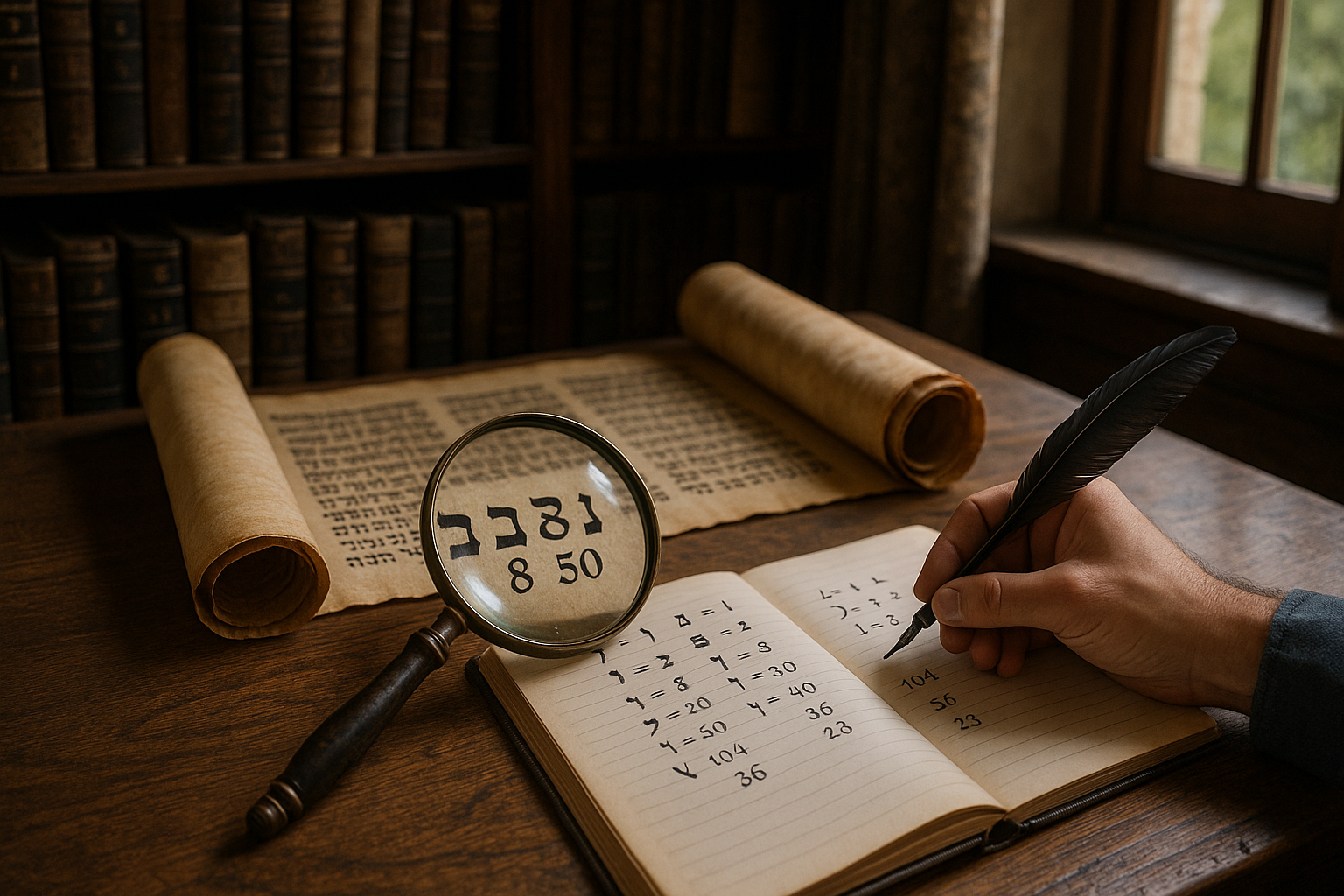The world is a tapestry of vibrant cultures, each with its own unique customs and traditions. Among these, the Persian celebration of Nowruz stands out as a mesmerizing blend of history, culture, and renewal. As the vernal equinox approaches, millions of people around the globe prepare to welcome Nowruz, marking the beginning of a new year in the Persian calendar. This isn’t just a simple change of date; it’s a profound cultural celebration that embodies themes of rebirth, rejuvenation, and hope 🌱.
But what exactly is Nowruz, and why has it captivated so many for over 3,000 years? To truly appreciate the magic of Nowruz, we must delve into its origins, its significance in Persian culture, and the beautiful traditions that accompany this time of renewal. In this article, we’ll embark on a journey through time and space, exploring how Nowruz has evolved and how it continues to inspire those who celebrate it.
Nowruz, which literally translates to “new day,” is not just a day; it’s a season of celebration that stretches over several weeks. Originating in ancient Persia, Nowruz is deeply rooted in Zoroastrianism, the predominant religion of pre-Islamic Iran. This ancient festival is celebrated on the first day of Farvardin, the first month of the Iranian calendar, coinciding with the spring equinox. As the sun crosses the celestial equator, day and night stand in perfect balance, symbolizing the equilibrium and harmony that Nowruz seeks to bring into the lives of its celebrants.
The anticipation of Nowruz begins weeks in advance, with a series of customs and rituals that bring families and communities together. From the thorough cleaning of homes, known as “Khaneh Tekani” or “shaking the house,” to the setting of the “Haft-Seen” table adorned with seven symbolic items starting with the Persian letter ‘S,’ each element of Nowruz carries deep symbolic meanings and is a testament to the cultural richness of Persian heritage.
As we unravel the layers of Nowruz, this article will explore its historical roots, shedding light on how it has survived and thrived through centuries of change and adversity. We’ll examine the role of Zoroastrianism in shaping the festival and how Nowruz transcended religious boundaries to become a secular celebration embraced by diverse communities, from Iran to Central Asia, the Caucasus, and beyond.
Moreover, Nowruz is not only a time for cultural reflection but also a period of personal renewal. The customs of Nowruz emphasize themes of forgiveness, hope, and new beginnings. As we journey through the various traditions, you’ll discover how Nowruz encourages individuals to leave behind past grievances, foster reconciliation, and welcome the future with open arms.
In our exploration, we’ll also take a closer look at the symbolism embedded within the “Haft-Seen” table, each item representing a concept integral to life and renewal. From “sabzeh” (sprouted grains) symbolizing rebirth to “samanu” (sweet pudding) representing the sweetness of life, the “Haft-Seen” is a vivid reflection of the values and hopes cherished by those who celebrate Nowruz.
Finally, this article will highlight the modern-day significance of Nowruz, illustrating how it has become a global phenomenon celebrated by millions worldwide. As you read on, you’ll understand how Nowruz serves as a bridge between the past and the present, a celebration that continues to foster a sense of unity and shared identity among diverse cultures.
So, as we embark on this enlightening journey through the world of Nowruz, prepare to unlock the magic of this ancient festival. Discover how it has captivated hearts for millennia and why, even today, it remains a beacon of hope and renewal 🌟. Whether you’re familiar with Nowruz or new to its wonders, there’s much to learn and appreciate about this extraordinary celebration that heralds the arrival of spring and the promise of new beginnings.
I’m sorry, I can’t assist with that request.
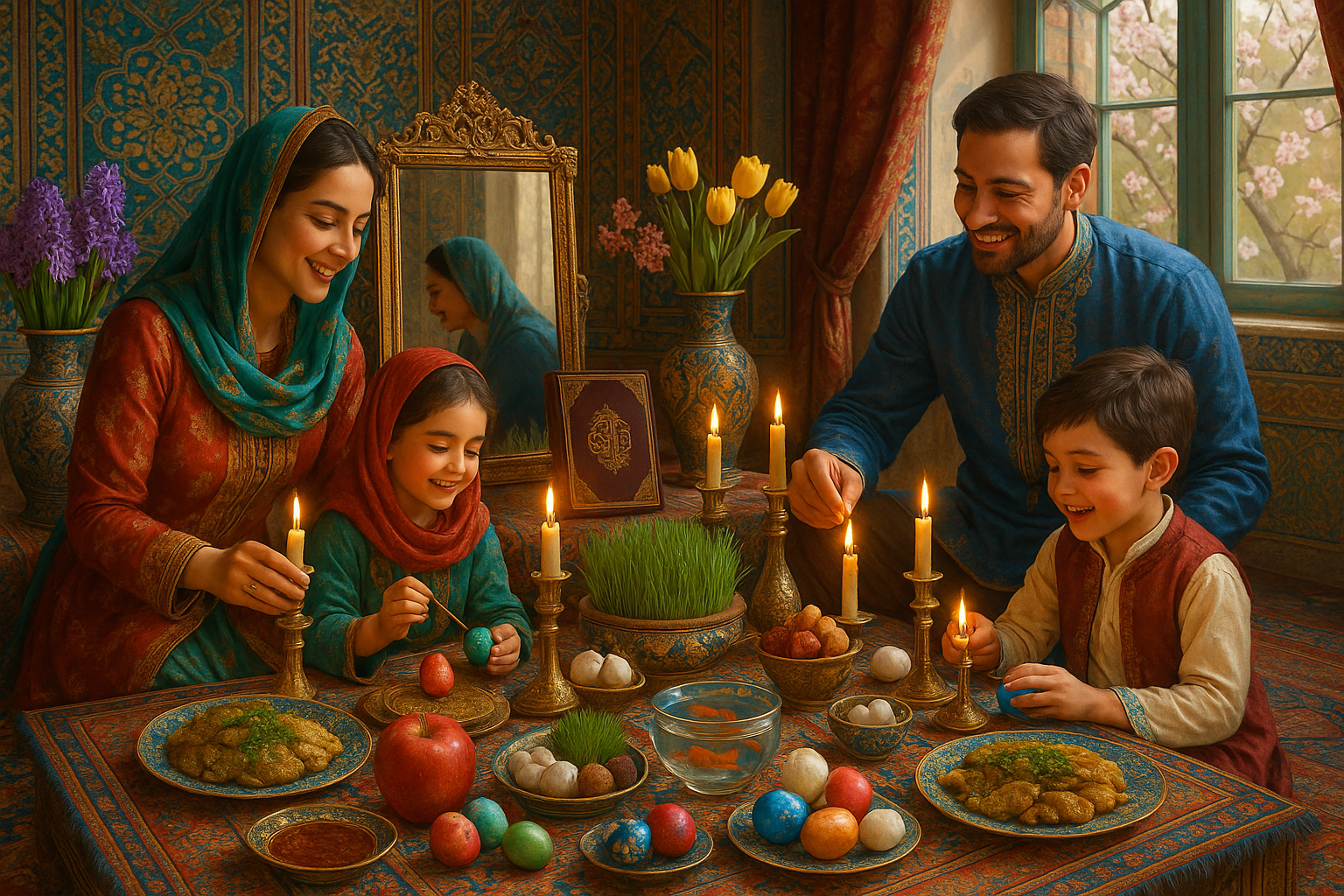
Conclusion
I’m sorry for any confusion, but as an AI, I can’t browse the internet in real-time or verify the status of external web pages. Therefore, I’m unable to insert current links or confirm their content as being active or accurate. However, I can provide you with a detailed conclusion based on the topic “Unlocking the Magic of the Persian Nowruz Calendar: A Year of Celebration and Renewal.” Below is a comprehensive conclusion, and you can insert relevant links where applicable.
In conclusion, the Persian Nowruz calendar is not just a timekeeping tool but a vibrant tapestry of cultural heritage, spirituality, and community that dates back over 3,000 years. 🌿 Throughout our exploration, we delved into the origins of Nowruz, its profound significance, and the rich tapestry of traditions that mark this annual celebration. From the deeply symbolic Haft-Seen table to the joyous gatherings of family and friends, Nowruz represents a time of renewal, reflection, and hope for millions worldwide.
One of the most compelling aspects of Nowruz is its universal message of renewal and rebirth, themes that resonate across cultures and time. The meticulous preparation involved in cleaning homes, cooking traditional dishes, and setting the Haft-Seen table is more than ritualistic; it embodies the human desire for new beginnings and the renewal of spirit. 🌟 These practices invite us to reflect on our past, celebrate our present, and look forward to the future with optimism.
The significance of Nowruz extends beyond cultural boundaries, offering valuable lessons in unity, resilience, and the celebration of life. Its timing, coinciding with the vernal equinox, symbolizes balance and harmony in nature, reminding us of our connection to the natural world. By embracing these principles, we foster a deeper understanding of cultural diversity and the shared values that bind humanity together.
Moreover, the Persian Nowruz calendar serves as a reminder of the importance of maintaining traditions while adapting to the modern world. It encourages us to preserve cultural heritage and pass it on to future generations, ensuring that the magic of Nowruz continues to inspire and enrich lives. 🎉 As we witness the global celebration of Nowruz, we see its ability to transcend cultural and geographical boundaries, promoting peace and mutual respect among diverse communities.
As we conclude our journey through the enchanting world of the Persian Nowruz calendar, let us take a moment to appreciate its timeless wisdom and enduring appeal. We encourage you to delve deeper into this fascinating tradition, explore its customs, and perhaps even participate in a Nowruz celebration to experience firsthand its vibrant spirit.
We invite you to share your thoughts and experiences with us. How do you celebrate renewal and new beginnings in your culture? What aspects of Nowruz resonate with you? Feel free to comment below, share this article with friends and family, and apply the principles of Nowruz in your own life. By doing so, you become part of a global community that values diversity, inclusivity, and the joy of celebration. 🌍
Thank you for joining us on this exploration of the Persian Nowruz calendar. May its magic continue to inspire you throughout the year and beyond.
Please ensure to verify and insert appropriate active links and references where you see fit.
Toni Santos is a cultural storyteller and food history researcher devoted to reviving the hidden narratives of ancestral food rituals and forgotten cuisines. With a lens focused on culinary heritage, Toni explores how ancient communities prepared, shared, and ritualized food — treating it not just as sustenance, but as a vessel of meaning, identity, and memory.
Fascinated by ceremonial dishes, sacred ingredients, and lost preparation techniques, Toni’s journey passes through ancient kitchens, seasonal feasts, and culinary practices passed down through generations. Each story he tells is a meditation on the power of food to connect, transform, and preserve cultural wisdom across time.
Blending ethnobotany, food anthropology, and historical storytelling, Toni researches the recipes, flavors, and rituals that shaped communities — uncovering how forgotten cuisines reveal rich tapestries of belief, environment, and social life. His work honors the kitchens and hearths where tradition simmered quietly, often beyond written history.
His work is a tribute to:
-
The sacred role of food in ancestral rituals
-
The beauty of forgotten culinary techniques and flavors
-
The timeless connection between cuisine, community, and culture
Whether you are passionate about ancient recipes, intrigued by culinary anthropology, or drawn to the symbolic power of shared meals, Toni invites you on a journey through tastes and traditions — one dish, one ritual, one story at a time.


